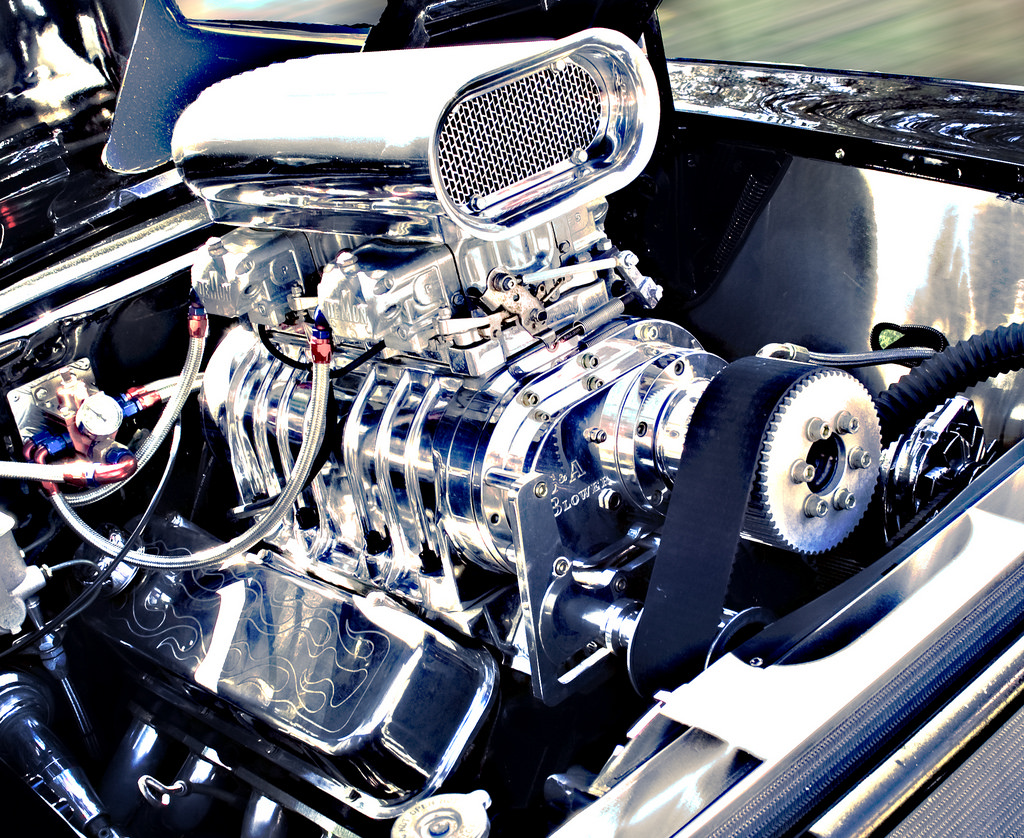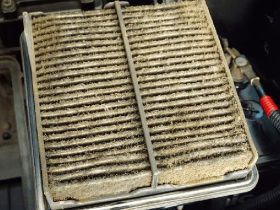When it comes to forced induction, the ultimate question is, “Which is better, Supercharger or Turbo?” While the definitive goal of both methods is the same, the processes involved in each differ significantly.
Here we will focus on the differences between these two methods.
Forced Induction Explained
Forced induction systems are designed to push air into the engine of a vehicle. The more air a car’s engine receives, the more horsepower the engine produces. The way this is done differs significantly between a turbo or supercharger. The turbo uses the cars exhaust gasses emitted from the manifold to do this, while the supercharger is attached to the engine and is spun by the crankshaft.
What is a Turbo?
As we stated, the turbo is located on the exhaust side of the manifold and operates by using the exhaust to spin the mechanism inside of the unit. The exhaust produced by the vehicle rotates the turbine inside of the turbo. The turbo essentially uses the waste that the car expels making it the more efficient of the two.
What is a Supercharger?
The supercharger is bolted to the engine and is connected to the crankshaft using a belt. As the crankshaft spins, the supercharger spins also. There is a pulley that mechanism inside of the supercharger, and its size determines how fast the supercharger spins. The smaller the pulley, the faster the supercharger spins; meaning more horsepower.
The Differences Between a Turbo and Supercharger
While the turbo is more efficient—since it operates on exhaust gasses—the supercharger has no lag between the pedal depression and the horsepower increase. The delay in the turbo is because exhaust has to be produced before the mechanism will begin to function, as opposed to the supercharger which reacts in real time.
The engine in a vehicle with turbo can be downsized because the unit operates on exhaust gasses and not from the engine itself. This means that the overall weight of the car can be significantly reduced.
Which is better?
As for which is better, apparently, it is a matter of choice. You have to weigh the pros and the cons to determine what it is you desire most in a system. Both systems produce massive power, but the torque and delivery in the turbo are favorable. On the other hand, the supercharger has no lag time; meaning it instantly engages and boosts the horsepower.
Some argue that the supercharger is more reliable, and the turbo requires more maintenance. Although, the vehicle’s general maintenance will be the same (oil change, tire mounting, etc.). There are arguments to be made on both sides, but it is indeed a matter of choice.
Conclusion
Hopefully, you are better able to understand the difference between the supercharger and turbo systems. While deciding which is better is a matter of opinion, you will likely be able to make a more informed decision as to which you prefer. The truth is that both systems feel tremendous and produce a ton of power. So, whichever you choose, you will be able to increase your vehicle’s horsepower significantly.






